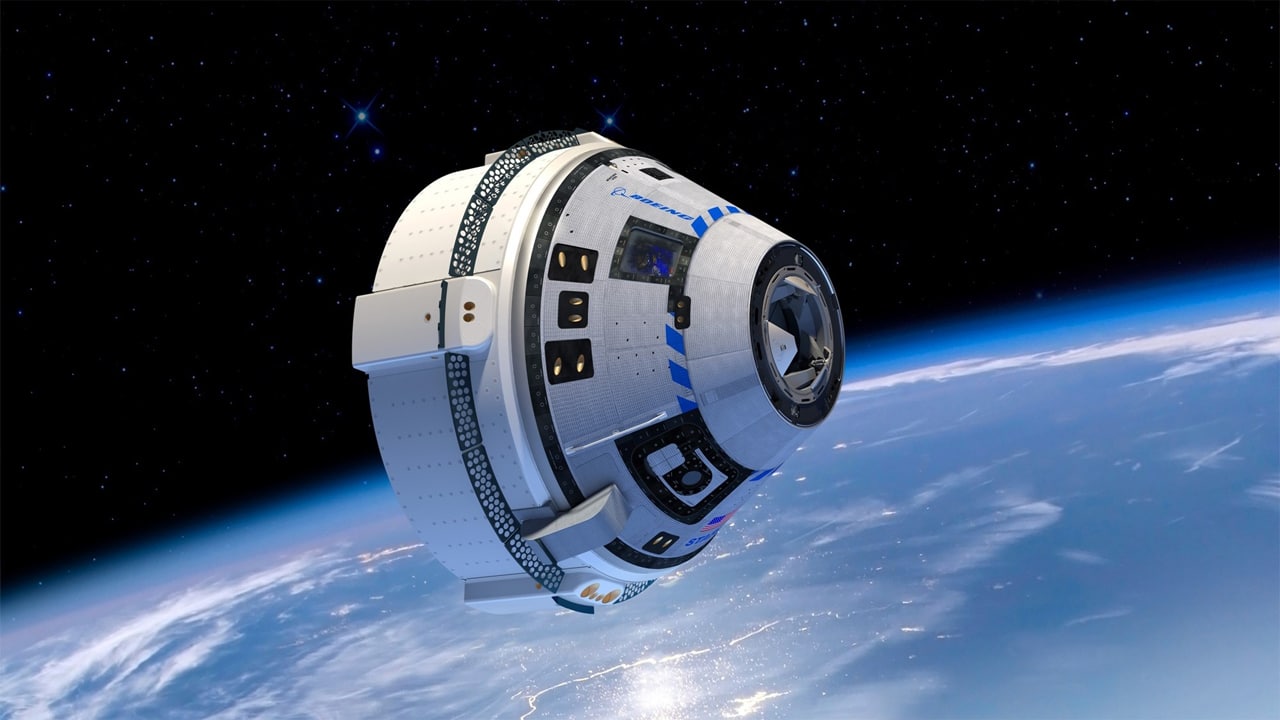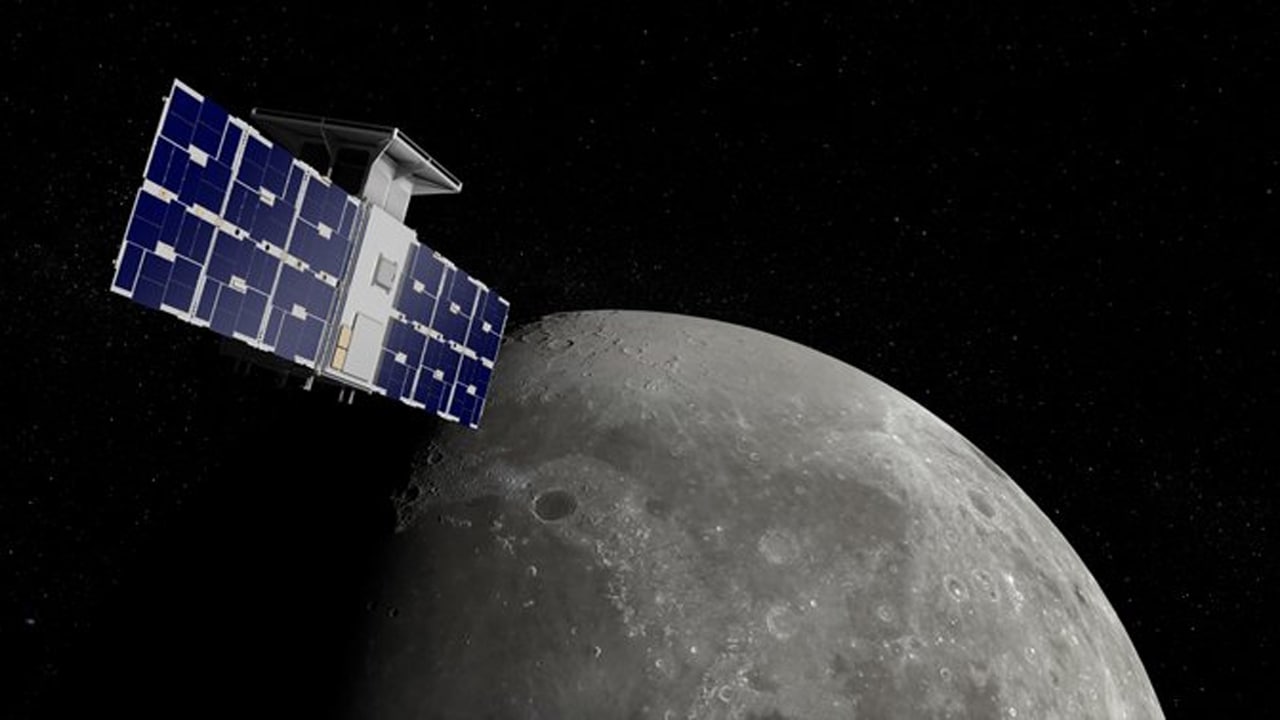NASA is now preparing to test its next-generation giant launch vehicle “The Space Launch System” (SLS) for the first time in February 2022. However, in order for this long-delayed rocket to finally complete its maiden voyage, NASA has to ensure that a large number of previous tests can proceed smoothly.
Moreover, just one day before NASA confirmed this new target date, engineers had assembled the SLS in NASA’s huge hangar at Kennedy Space Center in Florida. SLS is 322 feet (98 meters) tall, which is taller than the Statue of Liberty. At the top of the SLS is the NASA “Orion” manned spacecraft, which is used to transport humans into deep space. However, the first flight of SLS next year will not carry humans. This test flight will send an unmanned “Orion” spacecraft for 4 to 6 weeks of orbiting the moon.
Stay tuned with us via Telegram
Furthermore, the first flight of SLS will be listed as the “Artemis 1” mission, which is the first major mission of NASA’s Artemis moon landing program. If successful, the next mission of the SLS and “Orion” spacecraft will be “Artemis 2”, which will carry NASA astronauts on a similar trajectory around the moon. The ultimate goal of NASA’s Artemis moon landing program is to send the first woman and the first person of color to the surface of the moon. During the Trump administration, Vice President Pence asked NASA to achieve this goal as soon as 2024.
 However, given the complexity of this mission and multiple launch delays, NASA’s ability to return to the moon in 2024 has been questioned. NASA originally planned to test launch SLS for the first time in 2017, but its first flight was continuously delayed due to improper management and cost overruns. In addition, NASA exclusively awarded SpaceX the lunar lander contract to develop an “interstellar spacecraft” to send astronauts to the moon. However, the development of “interstellar spacecraft” still has a long way to go. Moreover, Blue Origin, which failed to get the lander contract, also initiated a lawsuit against NASA. These things have complicated the process of NASA’s return to the moon.
However, given the complexity of this mission and multiple launch delays, NASA’s ability to return to the moon in 2024 has been questioned. NASA originally planned to test launch SLS for the first time in 2017, but its first flight was continuously delayed due to improper management and cost overruns. In addition, NASA exclusively awarded SpaceX the lunar lander contract to develop an “interstellar spacecraft” to send astronauts to the moon. However, the development of “interstellar spacecraft” still has a long way to go. Moreover, Blue Origin, which failed to get the lander contract, also initiated a lawsuit against NASA. These things have complicated the process of NASA’s return to the moon.













